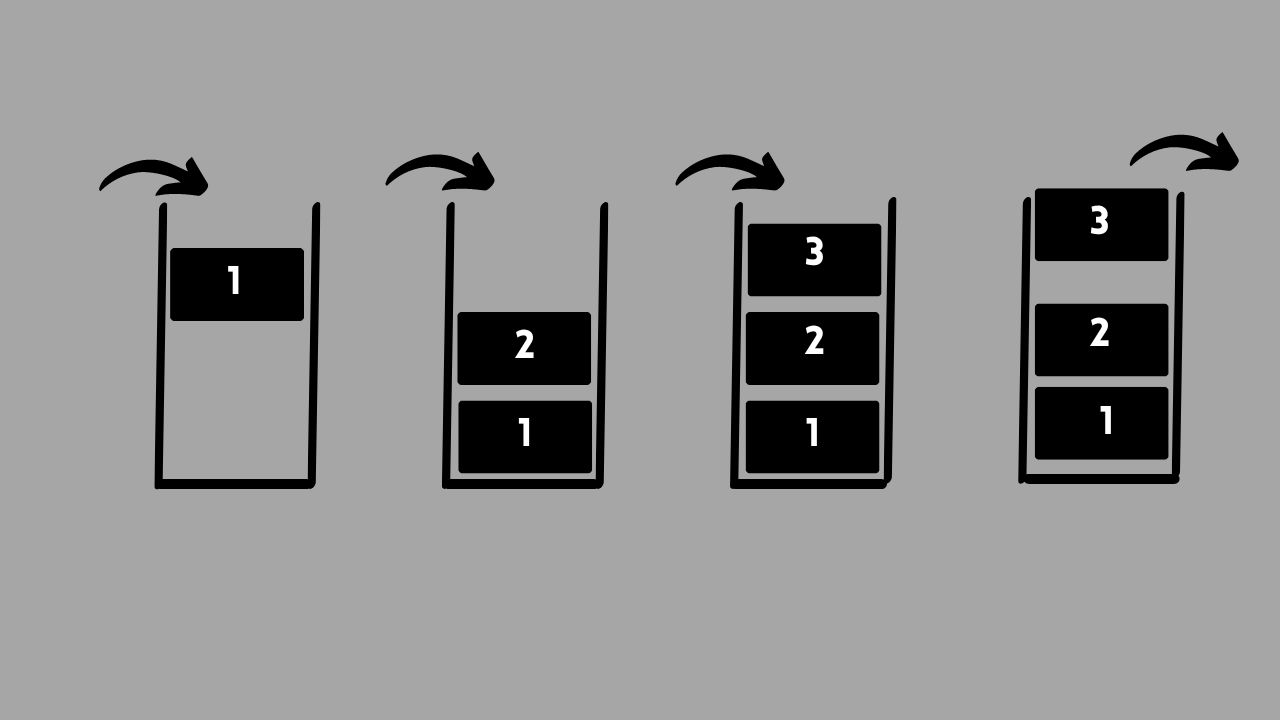A stack is a linear data structure that operates on the principle of LIFO (Last In First Out), where the last element inserted is the first one to be removed. It utilizes additional O(l) space, proportional to the number of elements (n), to solve various problems efficiently.
Following steps can be used to identify whether a given question can be solved using stack or not:
-
If any question is solved using stack, then the given input must have an array or any linear data structure. There can be stack questions on another topic as well but mostly it's a high chance of array, so think about stack if there is an array.
-
Suppose we are given a question that requires a brute-force approach with a time complexity of O(N²). To optimize this approach, we can utilize a stack when there are nested loops involved. By using a stack, we can efficiently store and retrieve elements, reducing the time complexity of the algorithm.
If your code is structured as follows:
for(int i = 0; i < n; i++){
for (int j = 0; j < n; j++)
{
// Code will come here.
}
}
Here you do not need to use the stack.
But if your code is structured as follows:
for(int i = 0; i < n; i++){
for( int j = 0; j < i; j++)
{
// Code will come here.
}
or
for( int i = 0; j > i; j--)
{
// Code will come here.
}
or
for( int j = n; j > i; j++)
{
// Code will come here.
}
or
for( int j = i; j < n; j++)
{
// Code will come here.
}
}
Then you should use stack approach.
Here the inner for loop has a dependency on the upper loop means it can be 100% sure that stack can optimize it.
To practice the stack problems you can go through the following links. Questions link
